As the nation’s lead body for managing our heritage, the past is important to us.
But so is the future – a fact reflected in our role as one of Scotland’s main bodies for training and skills development, and the biggest provider of traditional skills such as stonemasonry in the UK.
Scotland’s heritage is all around us, with traditional buildings – built pre-1919 – comprising 19% of our building stock, a significant percentage of our homes, workplaces, and community spaces, as well as some of our most loved historic attractions across the north-east and Highlands and Islands, like Elgin Cathedral, Duff House, and Huntly Castle.
All of these were constructed and have been conserved using traditional craft skills like stonemasonry, metalworking, plastering and joinery. We must, therefore, ensure our current skills and training provision matches future demand with the right knowledge and ability for maintenance and retrofit work on traditionally built properties.
To do this we must ensure training providers have the knowledge and skills to pass on. It’s also important we recognise the importance of this work in not only conserving our past, but also in having a crucial stake in our future.
This is evident in the fact the Scottish Government places “maximise adaptation, repair and maintenance of existing assets” above “replace, create or build new assets”, in terms of our built environment, to help achieve net-zero greenhouse gas emissions by 2045.
So, within a national context of further skills need and the opportunities provided by the net-zero agenda, it’s vital these trades continue to be developed locally to ensure buildings we care for survive, and are sympathetically maintained, adapted, and repurposed to meet today’s requirements, while also providing good employment opportunities for local people.
Central to this is the ongoing work of training apprentices and offering accredited continuing professional development (CPD) courses at Historic Environment Scotland (HES) training centres, such as our unit in Elgin.
Supporting careers in heritage and construction, our training centres are dedicated spaces where experts help learners thrive, teaching building craft skills to the highest accredited standards.
Our track record speaks for itself, having trained more than 130 apprentice stonemasons in the past 20 years in partnership with Inverness College UHI – mostly in the private sector – and many who have invested in their own companies in the north.
Former HES apprentices can also be found working as far afield as the US, Canada, Australia, New Zealand and Germany. Our apprentices also regularly take part in national stonemasonry competitions, wining gold, silver and bronze medals over the years.
We currently have 20 apprentices on our books in Elgin. Five HES stonemasonry apprentices will begin training in August, while our next ones in the north will be based in Shetland, Orkney and across the Highlands, working on projects at sites such as Scalloway Castle, Earl’s Palace and Fort George.
We work closely with external partners to make sure we get the full range of experience our apprentices need, including working with local tradespeople who have previously passed through our Elgin training unit before starting their own businesses locally.
We are also looking at expanding provision in stonemasonry in Elgin over the next few years, with an initial £150,000 investment to upgrade facilities, with the work due for completion by March 2023. This will allow us to accommodate more apprentices from HES and the private sector.
The Elgin training timetable runs from late August to early July, delivered through a part-time, block release programme for 19 and 13 weeks in years one and two respectively.
Our stonemasonry training facility also offers the optional advanced craft certificate for third and fourth year apprentices, or for more experienced stonemasons wishing to enhance their skills.
Regional training facilities like Elgin play a key role in supporting our crucial, wider nationwide work delivering the Skills Investment Plan (SIP) for the historic environment. The plan sets out what’s required to ensure Scottish communities have access to the necessary skills to look after and improve the buildings they care for, and provide wider benefit to Scotland overall – locally and nationally. Working with partners to deliver the plan helps address skills challenges and maximise opportunities for local communities across Scotland’s heritage sector.
Our commitment to skills development and apprenticeships through training centres, such as Elgin, and via our wider role with sector partners in delivering initiatives like the SIP, is providing skilled and much-needed local employment. It is also helping to regenerate town centres, address skills shortages and bolster our economy, while aiding our transition to a low-carbon economy.
It is work we are immensely proud to be involved in; playing our part to support Scotland’s post-pandemic recovery as we build back from the disruption of the last few years caused by Covid.
Catherine Cartmell is skills investment plan manager at Historic Environment Scotland
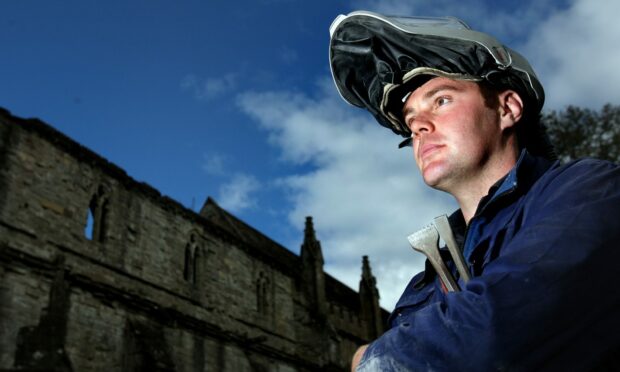


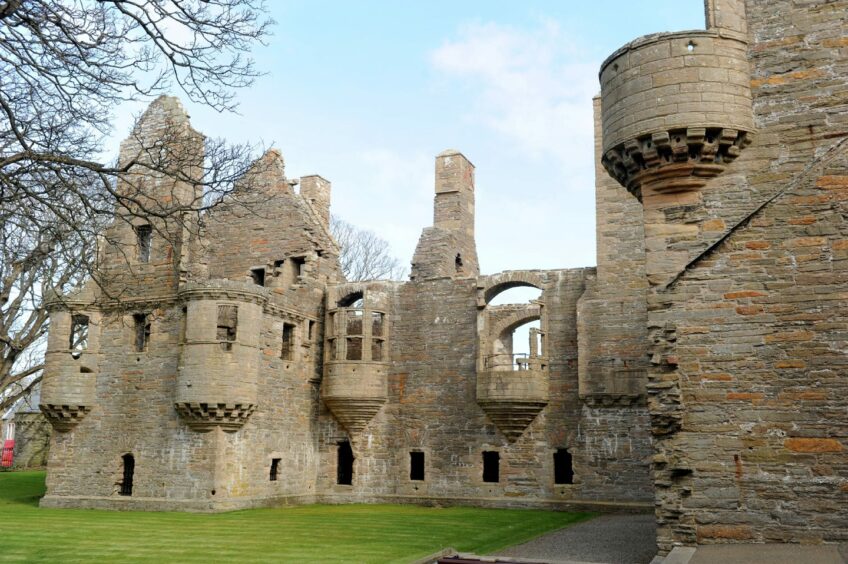
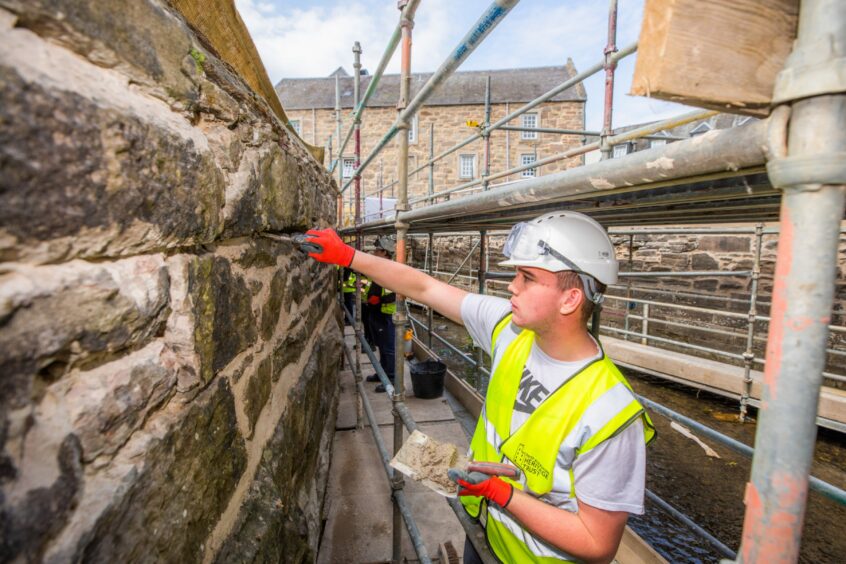
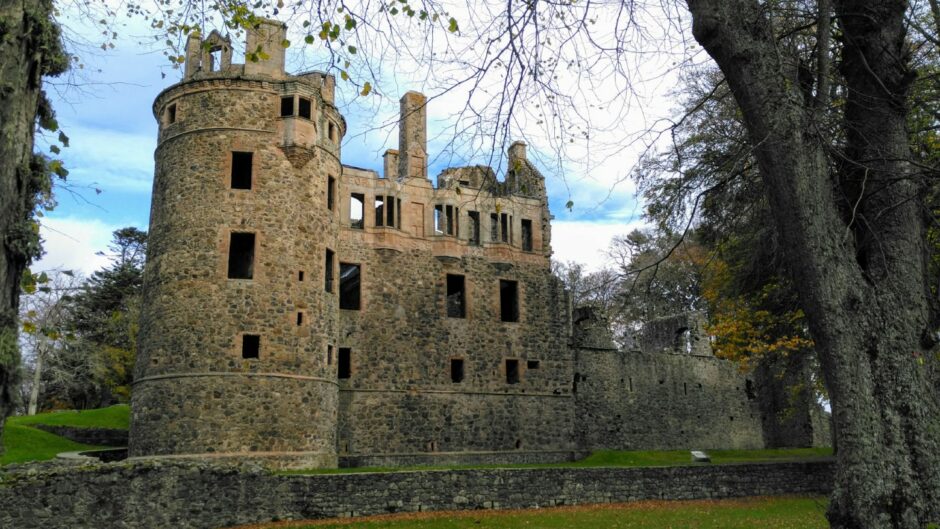
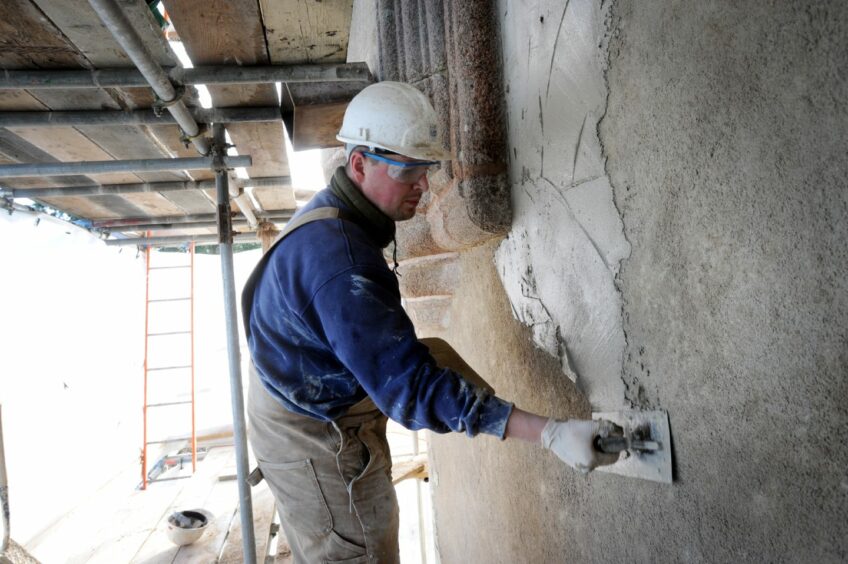
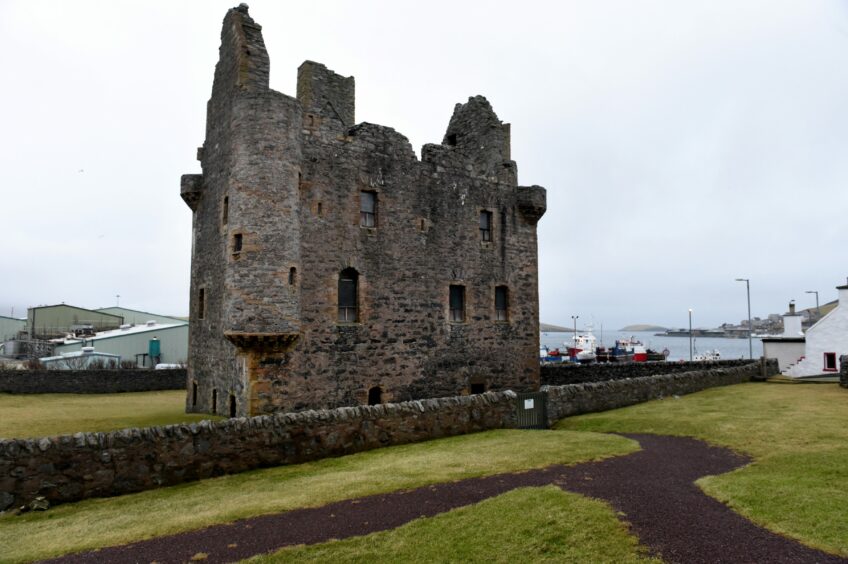










Conversation